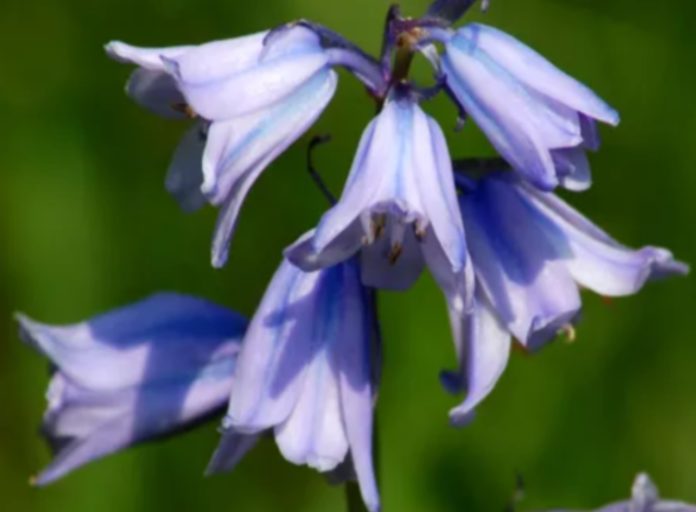Bluebells can be found in many countries across the globe – but there are none quite as resilient as the Spanish variety of the flower.
Characterised by broader leaves and paler blue leaves, while the petals flare out in a conical manner and are ideal for cutting in vases and bouquets.
Despite the name, the Spanish Bluebells often grow in pink or white varieties.
The Spanish bluebell is a late-blooming spring bulb of the lily family that are native to Spain and Portugal.
They thrive in a variety of light conditions, from full sun to partial shade, to dappled shade. Once established, they’ll even do nicely in dry shade, a tough site for most plants.
Spanish bluebells are invasive and easily reproduce by developing small offsets or baby bulbs on the sides of the mother bulbs. They also produce seeds, allowing them, over time, to fill in and create ever larger patches of spring brilliance.
Spanish bluebells are poisonous containing chemicals called glycosides, which are toxic for humans, dogs, horses, and cows.
All parts of the plant are toxic. Eating any part of the plant can trigger nausea, vomiting, diarrhea, and a decrease in the heart rate.






